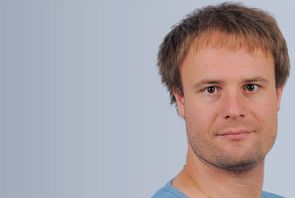Blending of Current Weather and NWP-Models
Content
Weather is on the one hand still a non-controllable but on the other hand a projectable component in the European air traffic management network. Weather phenomena, like CB-clouds and thunderstorms, pose dynamic barriers for a frictionless control of aviation during the warm season, particularly. Since weather cannot be manipulated, improved provisions for planning can account for the impacts on the overall ATM-system.
The goal of the project AAA4ATM (Analysis of Available Airspace for ATM) is the development of an analysis- / forecast-system for the prediction of the available airspace within the next 6 hours based on the current distribution of convective weather phenomena that are obstructive to air traffic. In order to solve these tasks, algorithms for object- and structures- detection, feature extraction, tracking and extrapolation are applied in the image processing domain, as well as downscaling and upscaling procedures are utilized for meteorological analysis.
The topic of the proposed diploma / master thesis is the blending (i.e. matching or transformation) of data (esp. weather radar or satellite images) of the prevailing weather with the data from numerical prediction models (NWP). Due to the fact, that model data and images usually exhibit different geometrical resolutions and time scales, methods are needed that establish a connection between the data and the present model.
The thesis therefore includes methods / solutions to following questions:
Assessment of the conformity of data and model: How good do objects in model fit to objects derived from image material? Besides model accuracy the forecast period has to be taken into account (e.g. by the synthesis of a radar image from precipitation measurements or by the detection of correlated radar structures in the model.)
Matching of structures and objects: Based on the level of abstraction, suitable methods should be developed that allow for registration of image and model data. In the case of short-term planning pixel-based matching can be pursued, whereas higher levels (features, objects) demand more complex methods (e.g. non-rigid registration).
Preferable Know.-How
Pattern Recognition, Image Registration, Python, C++
